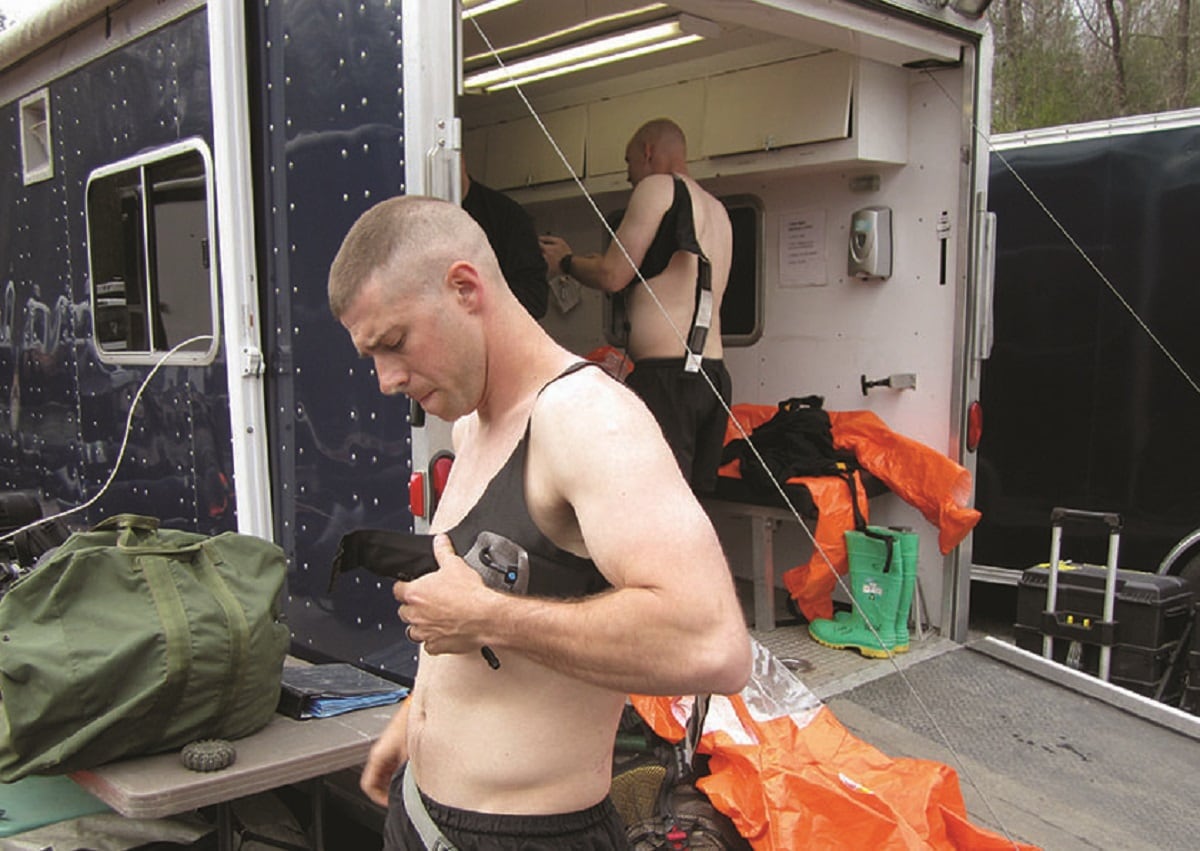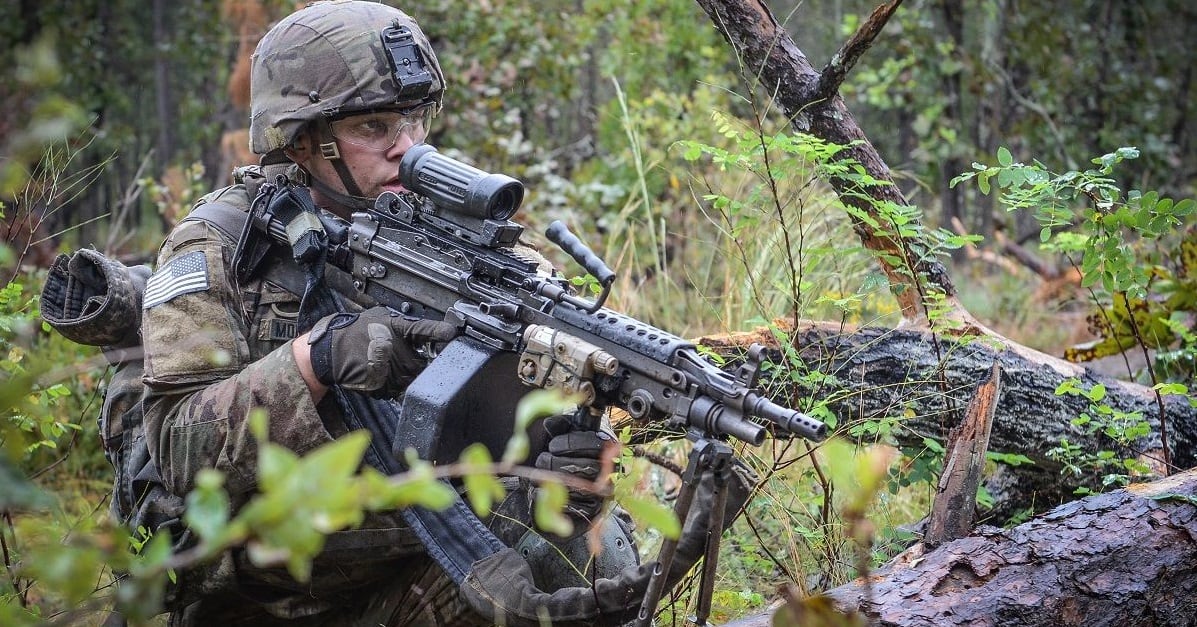The Army has issued uniform items from top to bottom and inside out, except for one very important piece of clothing: a bra.
Turns out, the service once took a stab at creating a tactical women’s undergarment, but abandoned the idea because it didn’t suit a variety of shapes and sizes.
A designer at the Natick Soldier Research, Development and Engineering Center has taken up the cause again — however, this time adding an element of performance measurement.
“So, I thought, let’s kill two birds with one stone. Let’s give them something that fits well and also create a platform where we can run the same tests and analysis that previously had been done on the male majority,” Ashley Cushon said in an Oct. 25 Army release.
She dubbed the project BAMBI ― Biometric Algorithm Monitoring Brassiere Integration. And no, the acronym didn’t come before the name.
“Although BAMBI is still in its very early research stages, I wanted an innovative name that alluded to the end goal of the item ― which is to function as an integrated platform for physiological sensing specifically designed to the female soldier’s biology,” Cushon told Army Times in a statement. “Most importantly, I wanted it to be an acronym that was functional and distinctive, yet relatively feminine and impactful.”

While testing the prototype, soldiers will be hooked up to a Holter monitor to measure Heat Strain Index, heart rate and core temperature to predict heat stroke, exhaustion and fatigue, according to the release. NSRDEC has done these tests before, Cushon said, but could only do them on men because of the design of the vest that houses the sensors.
“There are certain fit parameters that weren’t accounted for when it came to the final test item and its ability to be unisex,” Cushon said. “Due to the lack of industry items that are properly suited to meet the sizing requirements of the female soldier population, we were unable to collect female data during those particular tests.”
Her team will use measurements and 3-D scans taken from thousands of soldiers during 2012′s Army Anthropometry Survey to create a sports bra with proper sizing. It’s not difficult to create a sensor-mounting garment, but it is a lot of work to make sure it can be worn by enough soldiers to collect significant data.
“Developing a female undergarment is no simple task,” Cushon said in the release. “There’s too large of a variety of body shapes and sizes to meet every need. Currently, there is no industry solution that accommodates the sizing needs of our female soldiers.”
And so, few women have been able to participate in NSRDEC’s push to get sensors on soldiers.
RELATED

“Currently, if soldiers are wearing physiological monitors in the field, they’re either wearing wrist-mounted devices or some variation of a chest strap,” Cushon said. “Of the two, the chest strap is the most accurate but can cause chaffing or is otherwise not very compatible with the rest of their gear.”
Using an algorithm, Natick researchers can take heart rate and core temperature data to calculate heat stress on the body, which can lead to casualties.
“The long-term goal is for us to create an effective female-centric platform for introducing integrated sensing technology into the Army’s effort of improving soldier and squad performance,” Cushon.
Aside from health data, the Army is using sensors all over, from measuring parachute jumps to creating situational awareness for the Bradley Fighting Vehicle. A woman-specific garment increases the likelihood that women can contribute to and benefit from research with wearable sensors.
“Female soldiers are making invaluable contributions to our great nation, and they deserve clothing and equipment designed with them in mind,” Cushon said.
Meghann Myers is the Pentagon bureau chief at Military Times. She covers operations, policy, personnel, leadership and other issues affecting service members.





